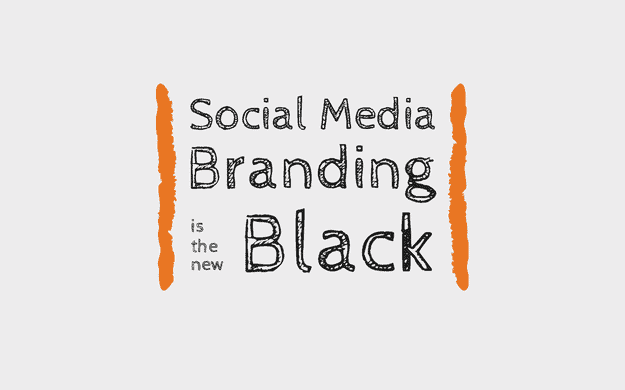Branding & Social Media – The Perfect Pair
March 22, 2016

The measure of a modern business’s marketing campaign is based on the strength of its social media presence. As one of the most effective means of communicating and engaging directly with customers, there’s simply no escaping the power of social platforms.
Promoting your brand through social media means a lot more than simply setting up an account, however. Unless a great deal of systematic thinking and careful execution go into your social strategy, you could end up failing to capture your audience or reach your potential. In order to make sure that this doesn’t happen to you, we’ve mapped out five key strategies for building up your brand via social media.
1. Choose Social Networks That Are Aligned with Your Brand’s Goals
With so many different social media platforms to choose from, you may find yourself wondering which is right for your business. Because each network is designed to support different modes of communication, the process of narrowing down your options is quite simple. All you need to do is to compare your business’s marketing and brand imaging goals against what a specific platform can help you achieve.
Here’s a breakdown of the characteristics of some of the most popular social networks:
- Facebook — Facebook offers the largest and most heterogeneous audience, which makes it ideal for promoting brand image and awareness.
- Twitter — Twitter puts emphasis on keeping communication short and to-the-point. This makes it excellent for promoting content and sharing time-sensitive information.
- Instagram — Instagram is a visual social network that’s perfect for building your brand’s image through engaging photos. Young adults are the primary audience.
- Pinterest — Pinterest is similar to Instagram in that it is well-suited for brands that showcase products and offerings through images, with its audience primarily comprised of women.
- LinkedIn — LinkedIn was designed to promote B2B interactions, making it perfect for interactions with corporate influencers and promoting business content.
2. Create a Consistent Brand Image
Establishing a strong visual identity enables consumers to quickly recognize a brand. In order to do this, you must take care to be consistent with your brand imaging across different social media platforms. Employing the same profile images (typically a company logo) and similar cover images will instantly alert readers to who you are. Sticking with the same color scheme can add further uniformity to your brand image.
3. Post for Your Users, Not Yourself
Social media users want to see and read things that appeal directly to their needs and interests, not just ads or data that appeal only to your brand. Instead of smothering readers with boring updates about your company and straight ads, make an effort to find out what types of content are most engaging for your audience. One way to do this is by taking a look at what’s working for your competitors and key industry influencers. Share content that will meet your audience’s needs and use lots of visual content to appeal to all of your reader’s senses.
4. Have a Personality of Your Own
The worst thing that a brand can do on social media is to act like a promotional robot. People go onto social platforms in order to socialize with like-minded people — not out-of-touch businesses. Develop a personality that’s true to your brand and connect with your audience on a human level. This will build trust and increase engagement, which will lead even more users to your site.
5. Build Strong Relationships
Going right along with tip #4, we strongly recommend that you use your unique brand personality as a means of connecting with readers on a deeply personal level. Instead of thinking about what your audience can do for you, focus on what you can do for your audience. By really being there for your readers on social media, you will develop strong relationships and brand loyalty.





